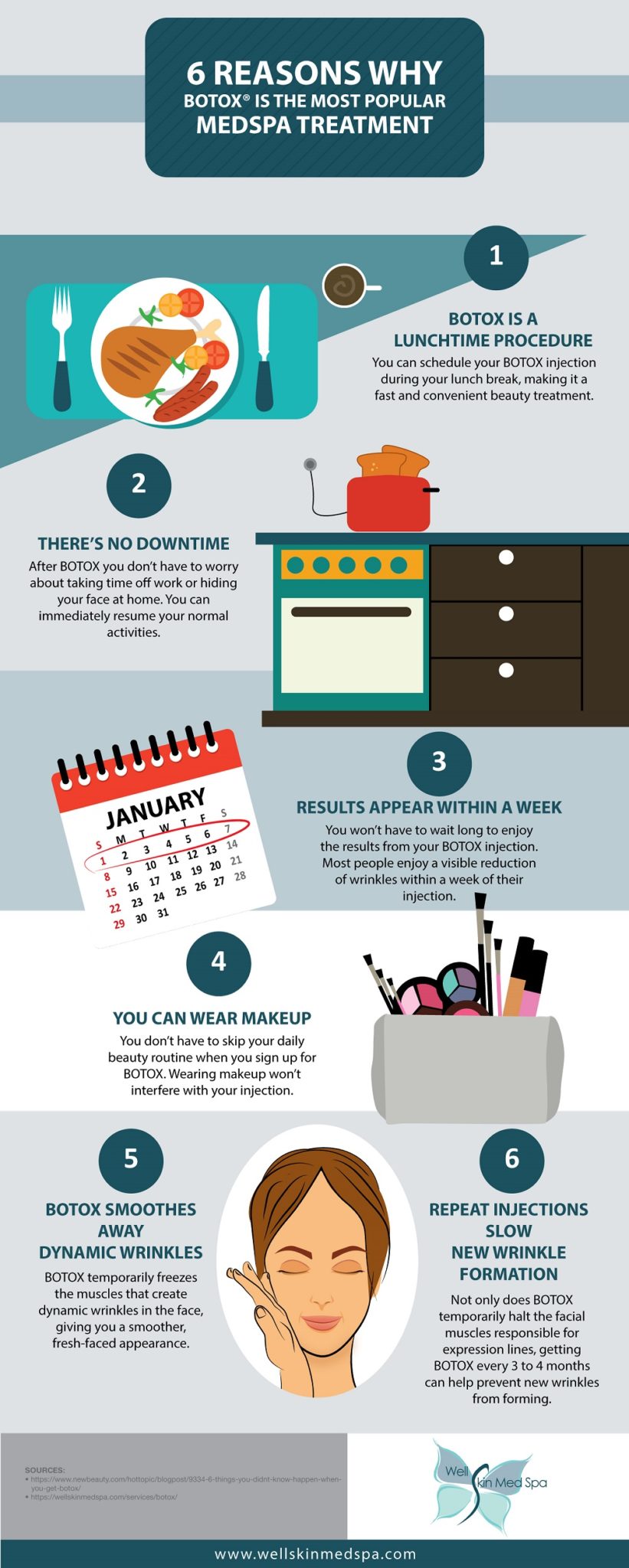Curious About The Distinctions In Between SMILE, LASIK, And PRK Eye Surgeries?
Curious About The Distinctions In Between SMILE, LASIK, And PRK Eye Surgeries?
Blog Article
Write-Up By- cataract surgery 2021
If you've been taking into consideration SMILE eye surgery, you could ask yourself exactly how it stacks up against LASIK and PRK. Each procedure has its own collection of advantages and factors to consider. From LASIK Consult to possible dangers, there are essential differences you need to understand before deciding. Understanding these differences will assist you make an enlightened selection that aligns with your certain needs and assumptions. Curious to understand even more regarding just how these procedures compare thoroughly? Continue checking out to obtain an extensive understanding of SMILE, LASIK, and PRK.
SMILE Eye Surgical Treatment Overview
If you're considering SMILE eye surgical procedure, you'll locate it to be a minimally intrusive procedure with a fast recuperation time. Throughout SMILE (Tiny Laceration Lenticule Extraction), a laser is made use of to develop a little, exact laceration in the cornea to eliminate a little item of cells, reshaping it to correct your vision. This varies from LASIK, where a flap is created, and PRK, where the outer layer of the cornea is entirely removed.
Among the vital advantages of SMILE is its minimally intrusive nature, causing a faster healing process and less discomfort post-surgery. The recuperation time for SMILE is fairly quick, with numerous patients experiencing boosted vision within a day or 2. This makes it a preferred selection for those seeking a practical and efficient vision modification treatment. Additionally, SMILE has been revealed to have a lower threat of dry eye syndrome compared to LASIK, making it a beneficial choice for individuals concerned regarding this possible negative effects.
Distinctions Between SMILE, LASIK, and PRK
When contrasting SMILE, LASIK, and PRK eye surgical procedures, it is essential to understand the distinctive strategies used in each procedure for vision modification.
SMILE (Tiny Laceration Lenticule Extraction) is a minimally intrusive treatment that includes creating a little cut to draw out a lenticule from the cornea, improving it to fix vision.
LASIK (Laser-Assisted Sitting Keratomileusis) includes developing a thin flap on the cornea, utilizing a laser to reshape the underlying tissue, and then rearranging the flap.
PRK (Photorefractive Keratectomy) removes the external layer of the cornea before improving the tissue with a laser.
The primary difference hinges on the means the cornea is accessed and treated. How Does LASIK Eye Surgery Work is flapless, making it a good option for individuals with slim corneas or those associated with contact sporting activities. LASIK provides fast aesthetic recuperation due to the flap creation, but it may posture a greater threat of flap-related issues. PRK, although having a much longer healing duration, stays clear of flap-related issues altogether.
Recognizing these variations is crucial in selecting the most appropriate treatment for your vision correction requirements.
Pros and Cons Contrast
To evaluate the benefits and drawbacks of SMILE, LASIK, and PRK eye surgical treatments, it's vital to consider the particular advantages and possible restrictions of each procedure. SMILE surgery offers the benefit of a minimally intrusive procedure, with a smaller incision and possibly quicker recovery time compared to LASIK and PRK. It additionally reduces the threat of dry eye post-surgery, a common negative effects of LASIK. However, SMILE might have constraints in treating greater degrees of nearsightedness or astigmatism compared to LASIK.
LASIK surgical treatment offers rapid visual recovery and very little pain during the procedure. It's highly effective in treating a variety of refractive errors, consisting of nearsightedness, hyperopia, and astigmatism. Yet, LASIK lugs a risk of flap complications, which can impact the corneal framework.
PRK eye surgery, while not as popular as LASIK, stays clear of producing a corneal flap, minimizing the threat of flap-related problems. It's suitable for clients with slim corneas or uneven corneal surfaces. Nevertheless, PRK has a longer recuperation time and might include extra pain during the recovery process.
Final thought
So, when it involves picking between SMILE, LASIK, and PRK, think about it like picking the best pair of shoes. SMILE is like a smooth, comfy pair of sneakers - fast and very easy.
LASIK is more like trendy high heels - flashy and quick, yet with some potential threats.
PRK is like tough treking boots - trustworthy and long lasting, but calling for a little bit even more time and effort.
Inevitably, the best choice relies on your specific requirements and preferences.
